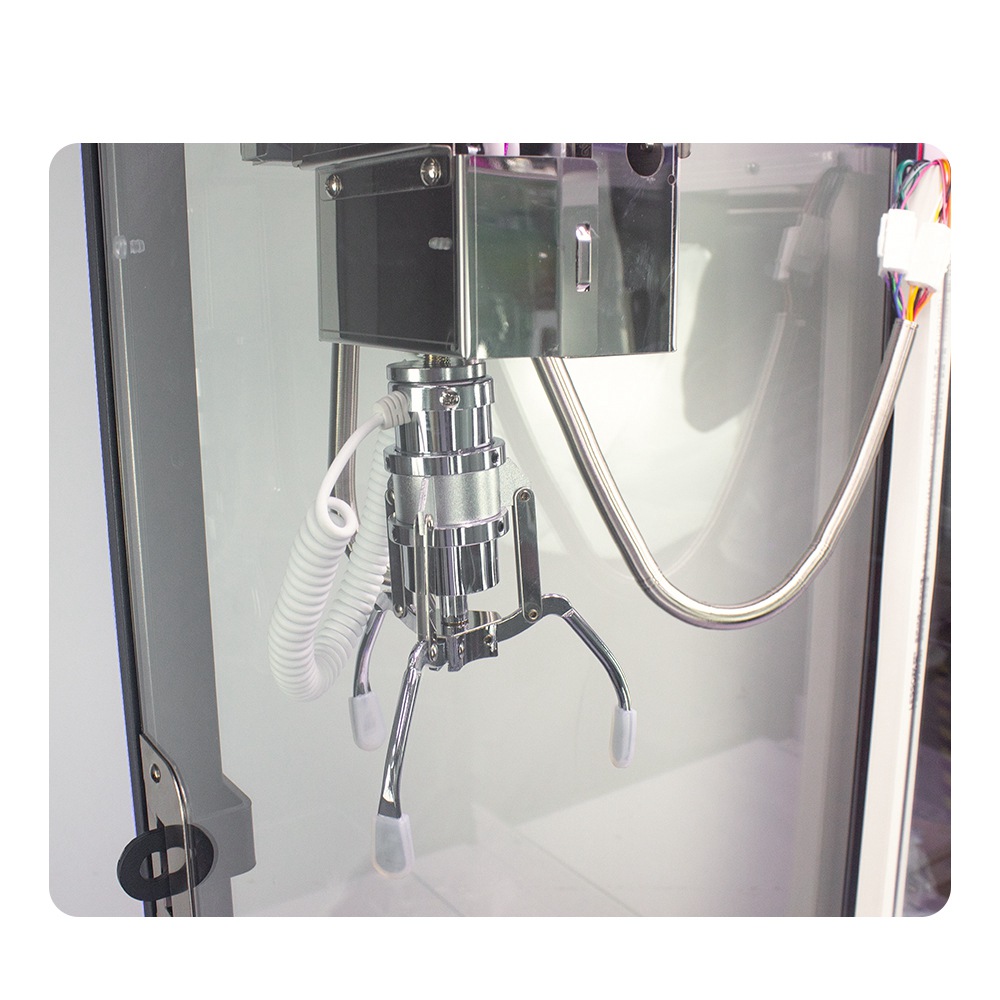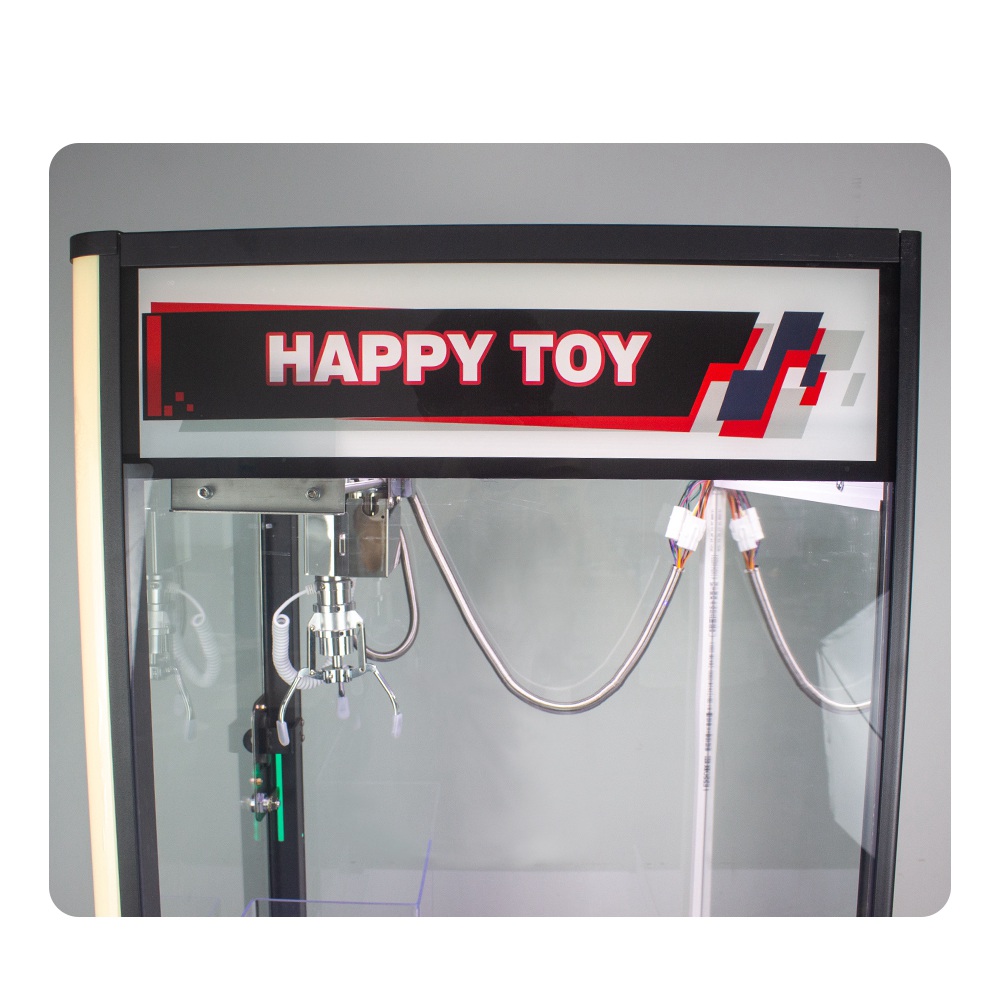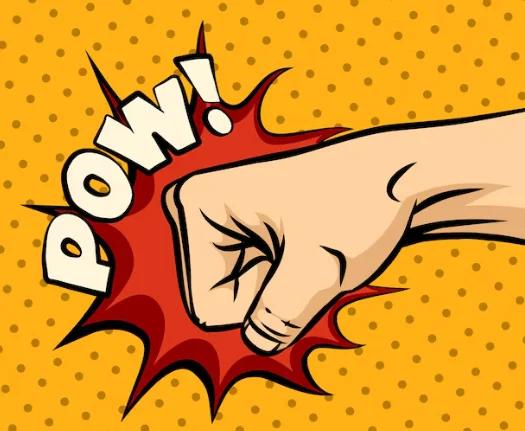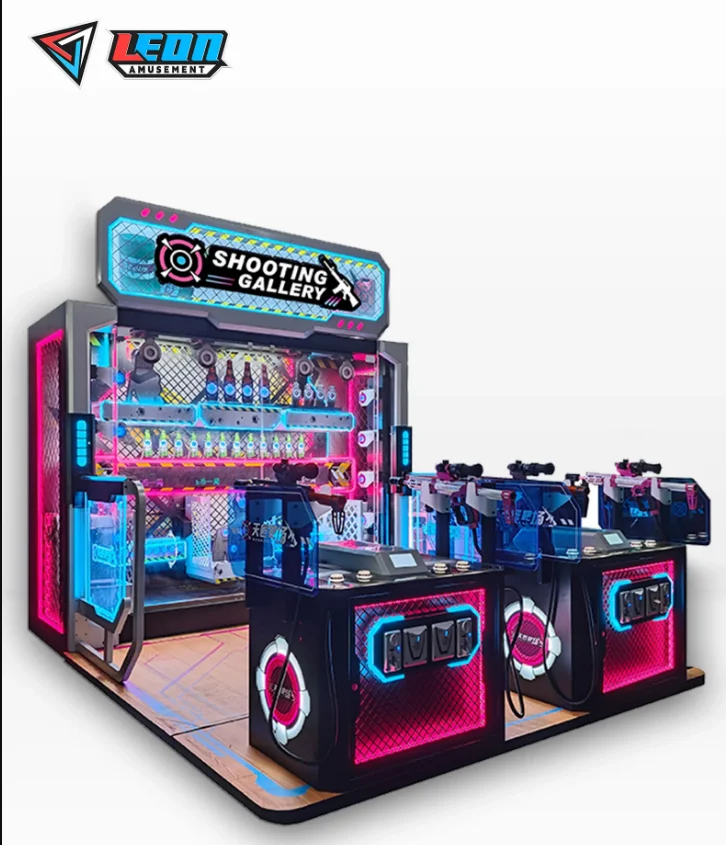To repair and maintain a second-hand claw machine, start by inspecting the claw mechanism for wear or misalignment, as it accounts for 30% of common issues. Clean or replace the motor and gears if they are sticking or malfunctioning. Replacing worn-out wiring or buttons can resolve electrical issues, which often cause 20% of breakdowns. Clean the machine’s exterior and interior to prevent dust buildup, which can affect performance. Routine maintenance every 3-6 months will extend the machine’s lifespan and keep it running smoothly.
Table of Contents
ToggleRegular Inspection and Cleaning
For maintenance purposes, it is crucial not to ignore external cleaning. Cleaning can take place 1-2 times daily in areas with high passenger flow, such as shopping malls or arcades. A quick clean of the machine body and glass panel every 6 hours is recommended because dirt and dust accumulate over time, affecting the machine’s appearance.
Open the machine cabinet and clean boards, claws, and any other components with a soft brush and dry air canister. Regular cleaning can bring about a 30% reduction in electrical failures and reduce mechanical sticking by around 20%. Parts frequented by coin deposits, bellows, and chutes may be dismantled to undertake more extensive cleaning on a weekly or bi-weekly basis to significantly lower asset failure rates due to dust contaminants and improve overall equipment performance.

Inspecting the Electrical System
The electrical system powers the claw machine, and hence its electric supply is important to keep it running smoothly. Statistics show that about 70% of claw machine failures are due to electrical issues, so it is particularly important to check the electrical system at least once a week.
The first thing is to ensure the wires are in good condition, especially around moving parts. The ratio of worn or aging wires is about 10-15%, which needs to be replaced in time to prevent short circuits. Second, the connector plug must be solid to prevent poor contact that could cause circuit failure, ensuring that each connector’s contact resistance does not exceed 1 ohm. You also need to inspect fuses monthly to ensure that burned-out ones are not responsible for failures. Fuse failures make up about 20-30% of the reasons why the machine is not running. It is recommended for devices operated with software programs to update the software and perform functionality tests every four months to ensure proper operation and diminish the possibility of a program outage.

Maintenance of Mechanical Parts
The claw machine relies on mechanical components that are indispensable for its operation, and the maintenance of these parts can effectively reduce failures by up to 40%. During peak periods, you should inspect and service slides, gears, and claws every month. Slides and gears must be kept in good condition by regularly applying top-grade lubricants so they operate smoothly. Check the grip strength of the claw within the design range of 90%-110% every two months. If the claw is not gripping properly, adjust the claw springs or replace claw parts to ensure a good grip on the toys.
The efficiency of the claw’s operation depends on the performance of the motor, so a quarterly checkup can be very beneficial. The motor should sustain appropriate operating noise, which should not exceed 65 decibels in standard operation mode. If there is abnormal motor noise or performance decline, maintenance should be performed promptly, and replacement should be considered if necessary. Do not overload mechanical parts, as this will increase wear and cause the equipment to prematurely wear out.




